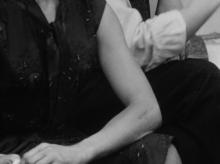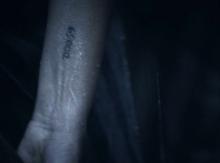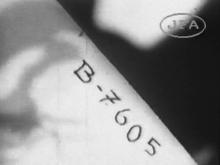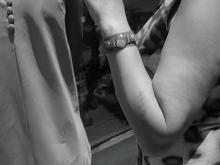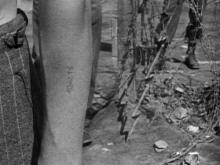Phoenix
PHOENIX, Christian Petzold, Germany 2014
PHOENIX (2014) tells the imaginative story of Holocaust survivor Nelly who miraculously returns from the war with heavy wounds that make her nearly unidentifiable. A facial surgery helps saving her life, but due to her wounds, she no longer resembles her former self. When she meets her husband, who had betrayed her hiding place to the Gestapo, he no longer recognises her. Presuming that his wife is dead, he asks Nelly to act like his wife in order to enable him accessing her inheritance. In course of that process, her husband tries to turn Nelly into a fictive model survivor. Thereby the film critically reflects the ambiguous effects of memory and defense. Referring to iconic images such as cattle cars and train tracks, the final rehearsal of Nelly’s return becomes a fictional and idealised version of survival that is stripped of the trauma, which is symbolised by the dominant schizophrenic motif of the “doppelgänger” in the film. The last scene then reveals Nelly’s real identity when she is performing a song together with her husband. The Number Suddenly, the music stops, and we see her husband staring at her as the film cuts to a close-up of her forearm with the Number Tattoo. This indirect reference to the original shots utilises its symbolic reference to the survivor by revealing the number as evidence. Furthermore, the mark serves as a symbol of reality in contrast to the imagined past that is enacted in the film’s plot. It also serves as a sign of the fundamental difference between the German and the Jewish experience and the perception of the Holocaust. After stopping singing, Nelly turns away and vanishes in a blurred image leaving behind the post-war German society.

